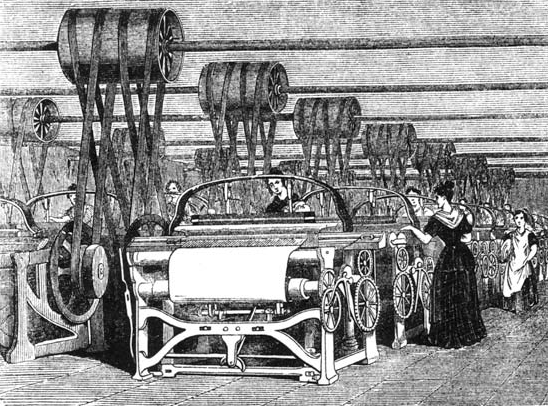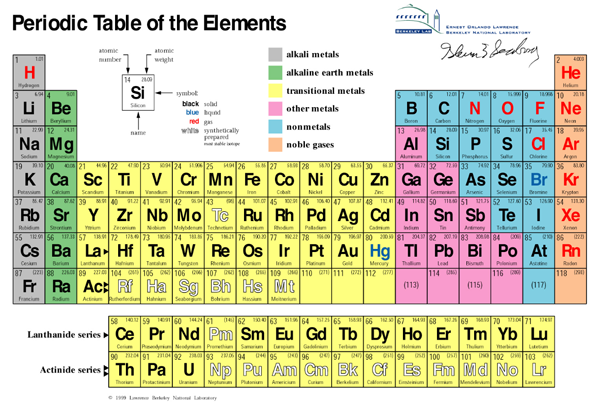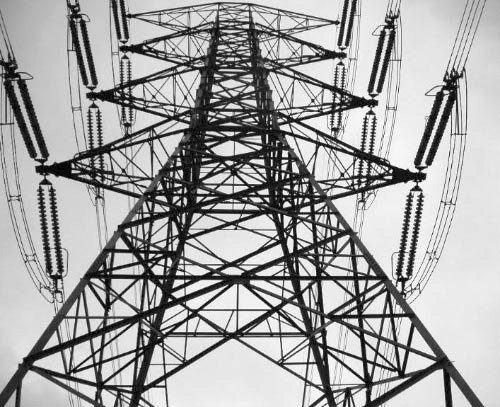The Second Industrial Revolution
by Andrew Boyd
Today, science, invention, and a revolution of sorts. The University of Houston's College of Engineering presents this series about the machines that make our civilization run, and the people whose ingenuity created them.
Few events have altered the human condition like the industrial revolution, a fundamental reshaping of the economy that began in the mid to late eighteenth century and continued for about fifty years. New ways of manufacturing textiles, the steam engine, and advances in metal working freed us to make more, and make it faster. But something was missing. That something was science.

James Watt created a commercially successful steam engine by observing where others had failed. His efforts were inspired. But he didn't have at his disposal the laws of thermodynamics. Good fertilizers were discovered through a process of trial and error. But a real understanding of the chemistry of life was only emerging. Mendeleev's periodic table of the elements appeared in 1869 — decades after the industrial revolution had waned.

Inspired invention led the charge during the industrial revolution. But science and invention go hand in hand. When intellectually curious inventors discover something by trial and error, they're led to ask "why?" What's the bigger principle at work? This in turn leads to advances in our understanding of the world. And of course, the process works both ways. Science yields powerful insights that drive technological innovation.
And that's what many historians contend happened following the industrial revolution: invention sparked a wave of scientific discovery, which in turn led to a renewed period of invention. This second industrial revolution began a hundred years after the first and lasted roughly as long as its predecessor.
A solid scientific foundation powered the emergence of chemical companies like DuPont, whose engineers relied on the science of chemistry, not alchemy, to shape their thinking. Electricity's potential came to be appreciated late in the industrial revolution, when Humphrey Davy used it to power the world's first arc lamp. But it wasn't until the beginning of the second industrial revolution that the scientific framework for electrical power transmission was established.

Historian Joel Mokyr is careful to point out that science wasn't entirely absent during the first industrial revolution, and that the second industrial revolution had its share of trial and error. But Mokyr also points out that, "the persistence and acceleration of technological progress [during what we now call the second industrial revolution] was due increasingly to science [and] experience and information." If inspired invention marked the coming of the first industrial revolution, reasoned invention marked the coming of the second.
I'm Andy Boyd at the University of Houston, where we're interested in the way inventive minds work.
Notes and references:
Mokyr delved into the notion of 'useful knowledge,' of which science is an important part. However, in an effort to avoid a discussion of 'useful knowledge' in a radio episode of limited duration, I've chosen to focus on science, which needs no explanation.
Many thanks to Ms. Barbara Kelley and her science students at the Colonial Academy Middle School for her counsel.
J. Mokyr. 1998. The Second Industrial Revolution, 1870-1914. From the Northwestern University Web site: http://faculty.wcas.northwestern.edu/~jmokyr/castronovo.pdf. Accessed March 1, 2011.
The Industrial Revolution. From the Wikipedia Web site: https://en.wikipedia.org/wiki/Industrial_Revolution. Accessed March 1, 2011.
The Second Industrial Revolution. From the Wikipedia Web site https://en.wikipedia.org/wiki/Second_Industrial_Revolution. Accessed March 1, 2011.
The copyright has expired on the picture of textile manufacturing. The other pictures are from U. S. government Web sites.
Jamie Brown and Ms. Price's Summer U.S. History Group recommended "The Clothing and Textile Revolution", which can be found http://www.ooshirts.com/guides/The-Clothing-and-Textile-Revolution.html.